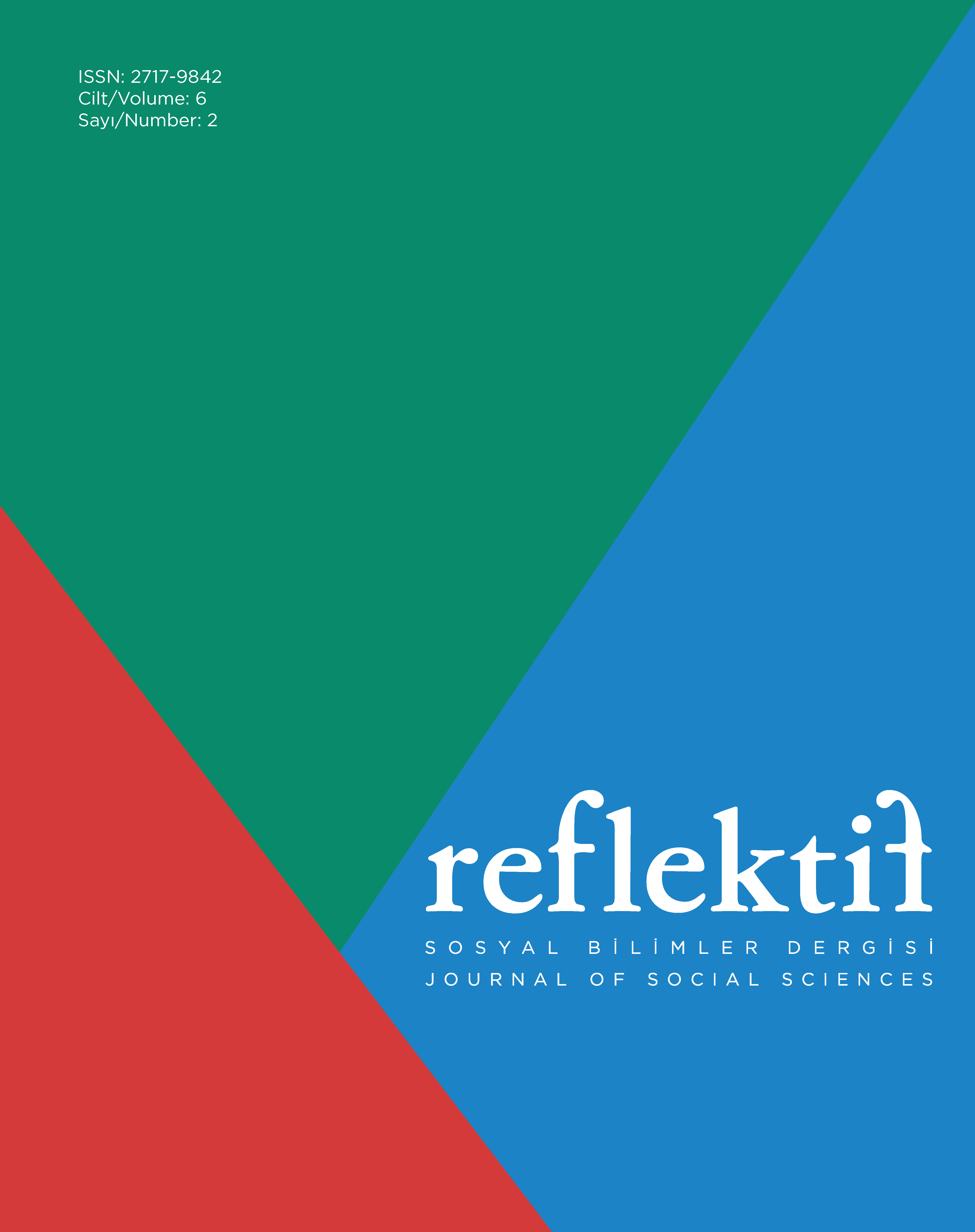Preserving Locality Through Architectural Transformation: Adaptive Reuse Approaches in Bilecik
DOI:
https://doi.org/10.47613/reflektif.2025.228Keywords:
Locality, adaptive reuse, architectural conservation, collective memory, interior architectureAbstract
In the context of globalization, urban identities are increasingly undergoing transformation, making the preservation of local values a critical issue within the fields of architecture and interior architecture. Locality is not limited to physical attachment to a place; rather, it is a dynamic structure shaped by historical, cultural, and social layers. This study analyzes the concept of locality through the adaptive reuse processes of three historic buildings in the city of Bilecik: the Bilecik Municipality Building, the Bilecik Museum, and the Bilecik Directorate of Culture and Tourism. Adopting a qualitative research method, the study employs literature review, visual documentation analysis, spatial evaluation, and comparative assessment. The findings reveal that these structures contribute to urban identity by preserving not only their physical form but also their historical and symbolic meanings. Adaptive reuse practices have demonstrated that interior architectural interventions can support spatial continuity while enabling cultural sustainability through the protection of local memory.
Downloads
Published
How to Cite
Issue
Section
License
Copyright (c) 2025 Gizem Büke Öztürk

This work is licensed under a Creative Commons Attribution-ShareAlike 4.0 International License.
All manuscripts which are submitted to the REFLEKTIF Journal of Social Sciences should not be published, accepted and submitted for publication elsewhere.
In case an article is accepted for publication it is allowed to combine the article with other researches, to conduct a new research on the article or to make different arrangements on condition that the same license is used including the commercial purpose.
As an author of an article published in REFLEKTIF Journal of Social Sciences you retain the copyright of your article and you are free to reproduce and disseminate your work.




